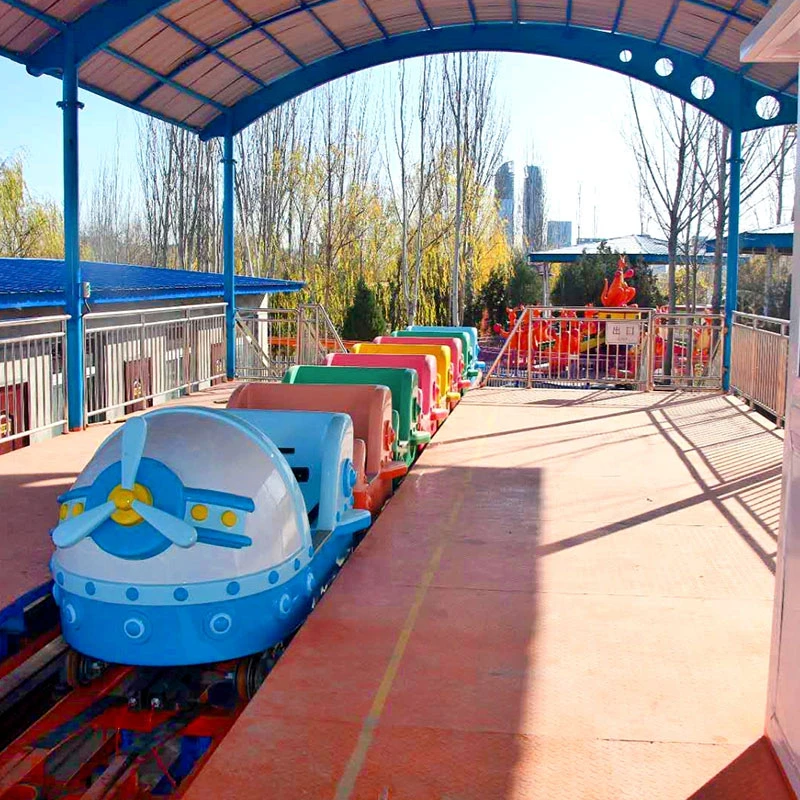- Albanian
- Arabic
- Belarusian
- Bengali
- Czech
- English
- French
- German
- Hebrew
- Hungarian
- Indonesian
- irish
- Italian
- Japanese
- kazakh
- Persian
- Russian
- Thai
- Uzbek
- Vietnamese
Cinema in a Digital World Exploring Virtual Film Experiences
Exploring the World of Movie Virtual Reality A New Dimension in Cinema
In recent years, the film industry has undergone a seismic transformation, propelled by advancements in technology. Among these innovations, virtual reality (VR) has emerged as a groundbreaking medium that redefines how audiences experience cinema. Movie virtual reality integrates interactive storytelling with immersive environments, allowing viewers to step inside the cinematic universe and engage with narratives in ways previously unimaginable. This article delves into the evolution of movie virtual reality, its current applications, and its potential future impact on the film industry.
The concept of virtual reality dates back to the mid-20th century, but it has only recently gained traction in mainstream entertainment. With the advent of affordable VR headsets and sophisticated software, filmmakers are now able to create fully immersive experiences. Unlike traditional film, which offers a passive viewing experience, movie VR allows audiences to navigate 360-degree environments, interact with characters, and even influence the storyline. This interactivity resonates with younger generations, who crave engagement over passivity.
One of the most notable examples of movie virtual reality is The Invisible Man, where viewers don VR headsets to explore the haunting world of the film from the perspective of the invisible antagonist
. This innovative approach not only enhances the horror elements but also fosters a deeper emotional connection between the audience and the characters. By allowing viewers to assume the role of the invisible character, filmmakers can evoke empathy and heighten the impact of the narrative.In addition to horror, genres like science fiction and fantasy have particularly embraced VR technology. Films such as Blade Runner 2049 Memory Lab provide an interactive prequel experience where users can explore the world of replicants and the philosophical themes of identity and existence. This integration of VR not only extends the film's universe but also invites audience participation in crafting their own narrative experiences. The result is a symbiotic relationship between viewer and narrative, creating a richer storytelling dynamic.
movie virtual

Nonetheless, the implementation of VR in cinema is not without its challenges. For one, the production costs of creating immersive VR experiences can be significantly higher than traditional filmmaking, due to the need for advanced technology and specialized skills. Moreover, the storytelling techniques required to engage audiences in a VR format can be vastly different from conventional cinematic approaches. Writers and directors must craft narratives that allow for exploration without sacrificing coherence, ensuring that audiences remain invested in the storyline.
Furthermore, accessibility remains a concern. While VR technology has become more affordable, not all audiences have access to the required hardware, which may limit the reach of VR films. To counteract this, some filmmakers have experimented with hybrid formats that blend traditional film with VR elements, allowing wider audiences to experience the narrative while still offering immersive components.
As we look to the future, the potential applications of movie virtual reality are boundless. Imagine a world where audiences can attend a fictional gala and interact with characters from their favorite films, or embark on a quest in a fantasy realm while making choices that shape the outcome of the story. The lines between actor and audience could continue to blur, creating a more participatory form of storytelling that resonates on personal and emotional levels.
Furthermore, as VR technology continues to advance, the incorporation of artificial intelligence could lead to even more personalized experiences. Filmmakers could use AI to adapt stories in real-time based on audience reactions, preferences, or even emotional states, creating a unique narrative for every viewer. The possibilities are exciting, prompting a reevaluation of what cinema can be.
In conclusion, movie virtual reality represents a fascinating frontier in the evolution of film. By merging immersive technology with storytelling, it opens up new avenues for engagement and interaction, challenging our traditional perceptions of cinema. As filmmakers continue to explore this brave new world, audiences are invited to share in an evolving narrative experience that truly places them at the heart of the story. The future of cinema may well lie in the realms of virtual reality, where imagination meets interaction and entertainment knows no bounds.
-
Flume Ride-Hebei Zhipao Amusement Equipment Manufacturing Co., Ltd.|Thrilling Water Attraction&Customizable DesignJul.30,2025
-
Flume Ride - Hebei Zhipao Amusement Equipment | Water Coaster, Thrilling DescentJul.30,2025
-
Flume Ride - Hebei Zhipao | Thrilling Water AttractionJul.30,2025
-
Flume Ride: Thrilling Water Attraction by Hebei Zhipao|Log Flume Manufacturers&Flume Ride DesignJul.30,2025
-
Flume Ride-Hebei Zhipao Amusement Equipment Manufacturing Co., Ltd.|Thrilling Water Coaster, Safe DesignJul.30,2025
-
Flume Ride-Hebei Zhipao Amusement Equipment Manufacturing Co., Ltd.|Thrilling Water Attraction, Safe DesignJul.30,2025
